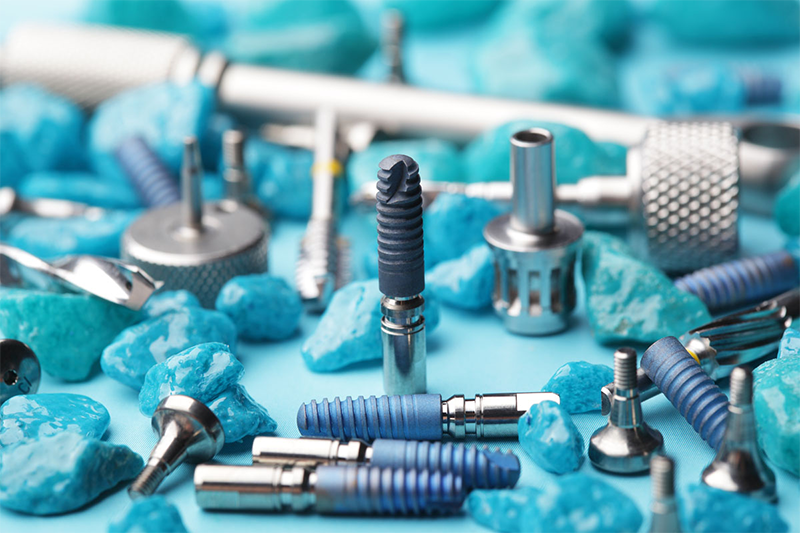3D Printing and Customized Medical Implants
3D printing has revolutionized the field of personalized medical implants. It allows manufacturers and hospitals to create complex geometries and patient-specific solutions, saving surgeons time and improving patient outcomes. Initially used primarily in orthopedic surgeries, 3D printing is now venturing into other areas such as cardiac surgeries and even retinal replacements in the eye. With ongoing research in bio-printing, the future holds the potential for 3D-printed hearts, turning science fiction into reality.
 The process of 3D printing medical implants mirrors that of industrial 3D printing, starting with digital data, typically from a computed tomography (CT) scan. CT is an imaging technique that utilizes X-ray measurements taken from multiple angles to generate images of the body, providing a non-invasive view inside. Surgical teams then leverage this information to plan and produce custom-designed implants via 3D printing, commonly using materials like titanium or stainless steel.
The process of 3D printing medical implants mirrors that of industrial 3D printing, starting with digital data, typically from a computed tomography (CT) scan. CT is an imaging technique that utilizes X-ray measurements taken from multiple angles to generate images of the body, providing a non-invasive view inside. Surgical teams then leverage this information to plan and produce custom-designed implants via 3D printing, commonly using materials like titanium or stainless steel.
As research continues to advance, the applications of 3D printing in medical implant customization continue to expand, ranging from orthopedic surgeries to cardiac interventions and even retinal replacements. The future of 3D printing holds the promise of even more groundbreaking applications, such as 3D-printed hearts, transforming science fiction into scientific fact.
Better outcomes for patients
While traditional methods of manufacturing implants have required multiple visits, with long and uncomfortable waits, 3D printing technology offers a new solution for manufacturing customized implants by creating a model of the patient’s skeleton through digital imaging, and designing and printing implants that fit perfectly into the patient’s body, reducing surgery time and patient discomfort.
The CEIT maxillofacial implant takes shape in the 3D model. Courtesy CEIT Biomedical Engineering.
In addition, 3D printed implants can help hospitals reduce their inventory of expensive implants on site. As technology continues to advance, 3D printed implants hold the promise of providing faster, more comfortable, and more personalized solutions for patients.
While additive manufacturing remains at the forefront of current medical technology and is not yet widely used, it is rapidly evolving. As the technology continues to advance, 3D printed implants hold the promise of faster, more comfortable and more personalized solutions for patients.
3D printing is an excellent manufacturing technique for producing parts quickly or for prototyping. So it’s worth exploring new ideas which could help you reduce the cost of producing parts in small batches.
It’s also worth looking into CNC which can also be a better option for small batch production or even customized parts.
As digital fabricators, we can help you make the right choice for your needs. Start by uploading your CAD here.

